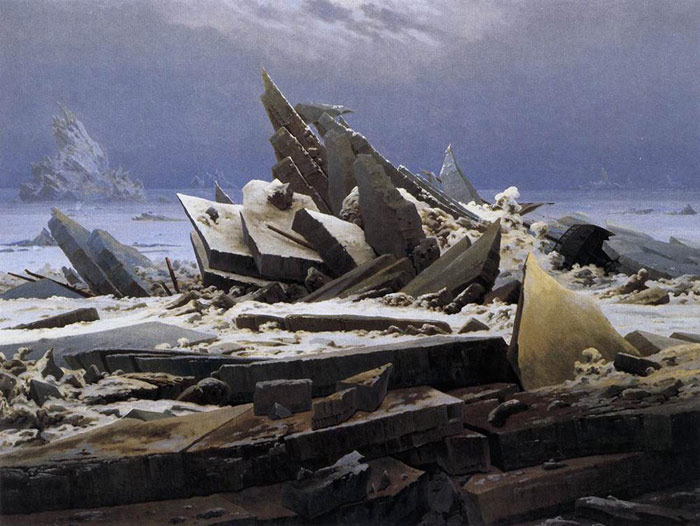Hamlet: the Advent of Modernity
Abstract
Hamlet is such an obscure, impenetrable and nuanced writing that it has been prey to a runaway interpretative voracity on the part of the critics. This boundless fertility has fostered imagination excessively, most of the times, to the detriment of a unitary study of the play. In fact, criticism in general has made of Hamlet a bunch of unconnected fragments. T. S. Eliot soon perceived the dangers of carrying out this kind of literary analysis.Downloads
-
Abstract208
-
PDF (Español (España))935
Works published in this journal are subject to the following terms:
1. The Servicio de Publicaciones of the University of Murcia (the publisher) reserves the copyright of the published works and encourages and allows their reuse under the usage licence indicated in point
© Servicio de Publicaciones, Universidad de Murcia, 2015
2. Works are published in the electronic edition of the journal under a Creative Commons Reconocimiento-NoComercial-SinObraDerivada 4.0 International licence (legal text). They may be copied, used, disseminated, transmitted and publicly displayed, on condition that: i) the author and original source of the publication are cited (journal, publisher and URL of the work); ii) the material is not used for commercial purposes; iii) the existence and specifications of this licence for use are mentioned.

3. Self-archiving conditions We allow and encourage authors to electronically disseminate the preprint versions (the pre-review version) and/or post print (the version that has been reviewed and accepted for publication) of their works before they are published as this encourages earlier circulation and dissemination and so a potential increase in their citation and impact in the academic community.




